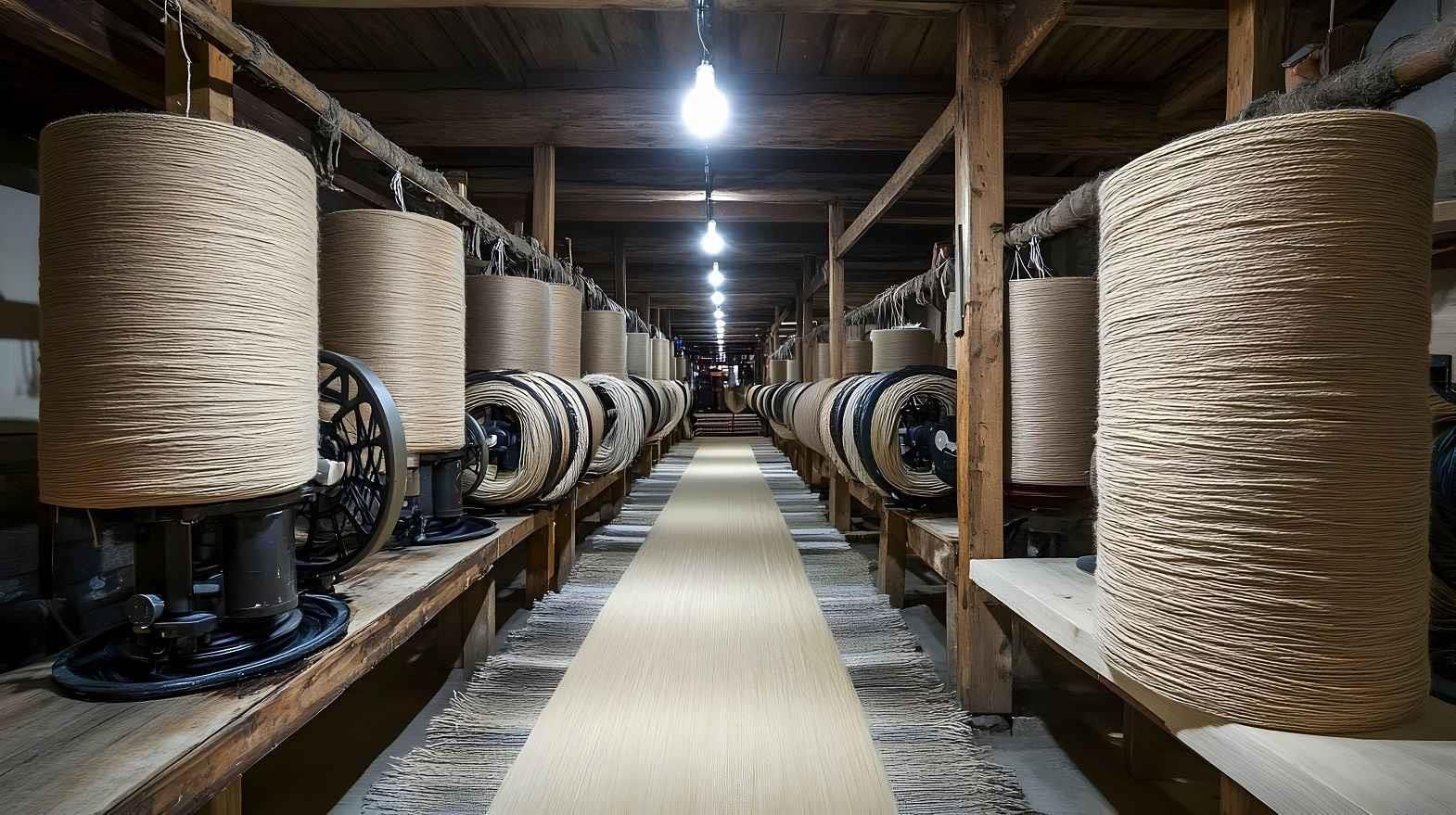Yarn hairiness measurement is essential for high-end products and compact spinning, with Uster UT3-H, Zweigle G 566, and LASERSPOT LST III as primary methods. Uster combines hairiness with evenness tests, Zweigle classifies fibres by length, and LASERSPOT measures diameter and hairiness. LASERSPOT aligns best with Uster but differs from Zweigle in results.
1. Preliminary remarks
Measuring yarn hairiness most precisely, i.e. determining all fibre ends sticking out and not embedded in the yarn body, has significantly gained in importance in the last years.
Continuously increasing yarn processing speeds and many high-end products require yarns with a hairiness reduced to a minimum. The introduction of-compact spinning on an industrial scale has furthermore enhanced the general sensitivity to a most precise evaluation of hairiness of staple fibre yarns.
2. Definition of yarn hairiness-demands to the measuring technique
Generally speaking, fibre ends sticking out from the yarn body are inevitable in spinning yarn from staple fibres, and simultaneously they are one of its essential characteristics compared with other yarns. While many foreshores contribute substantially to a good touch, long hairs can disturb considerably in subsequent processes, cause high additional costs and impair the appearance and practical properties of the textile article.
3. Current measuring methods
Three different measuring devices are currently available:
Hairiness Module for UT3 by M/s. Zellweger
Hairiness tester G 566 by M/s. Zweigle
Laserspot LST-III by M/s. Keisokki
Whereas hairiness is measured by Uster on the UT3 with a hairiness module and within the usual Uster evenness test, the Zweigle device has been developed exclusively for hairiness measurement. The Keisokki Laserspot permitsto check-apart from hairiness-yarn diameter and evenness.
4. Description of methods
All three measuring devices operate according to an optical principle and have the disadvantage in common that values are determined by a two-dimensional projection, whereby the absolute (extended) length of fibres sticking out cannot be exactly measured, but only the rectangular maximum distance of the hair end from the yarn body.
4.1 Uster Tester 3- H
The great advantage of this method is that hairiness parameters are obtained simultaneously with the usual evenness tests at Uster Tester 3. So there is not much testing expenditure.
The measuring principle is based on evaluation with diffracted light. Hairiness value H is defined as the total length of all fibre ends sticking out in cm, related to a yarn section of 1cm in length.
Furthermore, the device gives information on standard deviation sH of the hairiness value H and provides a hairiness diagram and spectrogram.
This method is very suitable to locate machine failures, which influence yarn hairiness. Hairiness is counted on both sides of the yarn silhouette. As a result, tested values have a rather high reliability. But finally it is impossible to differentiate and classify the fibre ends sticking out.
As the device uses an infrared laser, one cannot exclude influences by light absorption.
4.2. Hairiness tester G 566
This special device to determine yarn hairiness applies the photoelectric principle. Fibres sticking out are sensed by diodes as shadows. Twelve diodes are arranged at a distance of 1, 2, 3, 4, 6, 8, 10, 12, 18, 21 and 25 mm from the yarn body.
Classification is made according to the actual length, i.e. a 3 mm long hair is counted in class S3 only, although the diodes for 1 and 2 mm also detect this hair.
The device supplies a histogram showing the number of fibre ends in each length class per tested yarn length. In addition, the S3 value is determined, which adds up all fibre ends of 3 and more millimetres.
It is of disadvantage that the fibres sticking out are counted on one side of the yarn only. The resulting high variations of the measured values can be limited by corresponding test repetitions.
4.3. LASERSPOT LST III
The measuring method by means of laser permits a very precise separation of the often diffuse outer yarn layers and short fibres sticking out. Hairs are detected on both yarn sides. This device is able to measure simultaneously the variation of both yarn diameter and yarn hairiness. Hairs can be determined in 3 optional length classes. Furthermore, a hairiness value Ha is indicated, which is defined as the total length in mm of all fibres sticking out, related to a yarn section of 1 cm.
Value Ha is therefore in the range of one power of ten higher than the known value H according to Uster.
In addition, the device offers various other evaluation options like thins and thicks, or relation between yarn diameter and hairiness, and thus is most suitable to locate machine defects.
However, classifying hairs in three length classes only is often insufficient for an overall evaluation of yarn hairiness in the sense of item 2.
4.4 Comparative measurements
A correlation analysis showed a very good compatibility of LASERSPOT LST III with UT3-H and G 566. It was also found, however, that there is no correlation between the Zweigle G 566 and Zellweger UT3-H devices.1
This means in practice that a yarn tested with UT3-H can be classified quite differently from a yarn tested with G 566.
Our customers experience shows that for developing specific products with compact yarns it is inevitable to have a hairiness measurement that can differentiate between individual length classes.
Unfortunately, we have not yet made practical experience with the youngest of the three devices, i.e. LASERSPOT LST III.








Comments